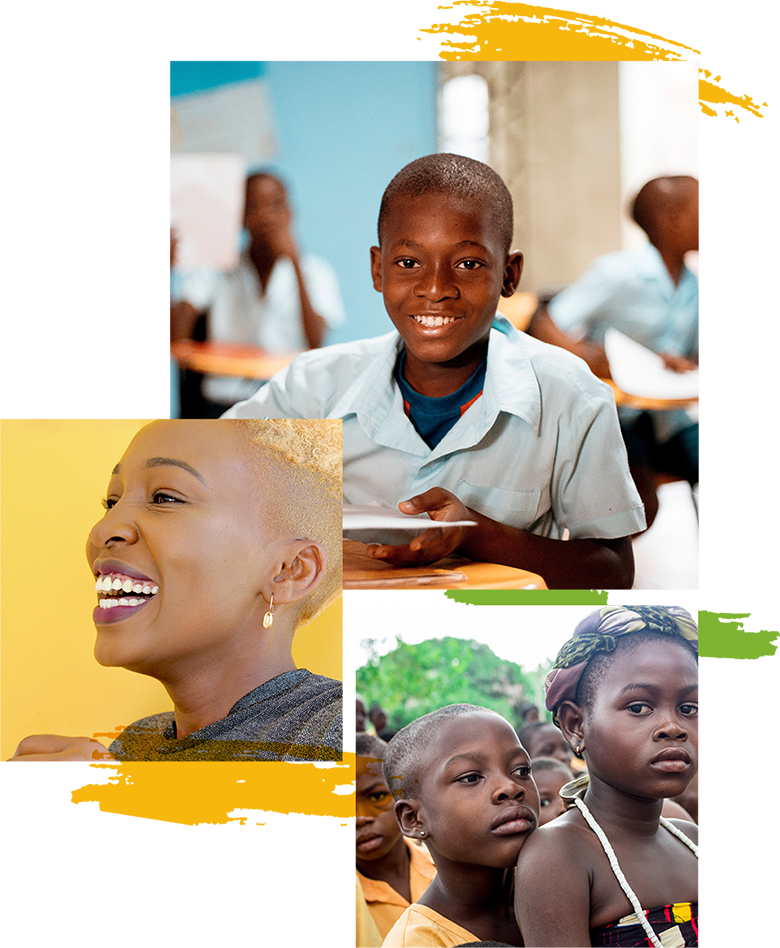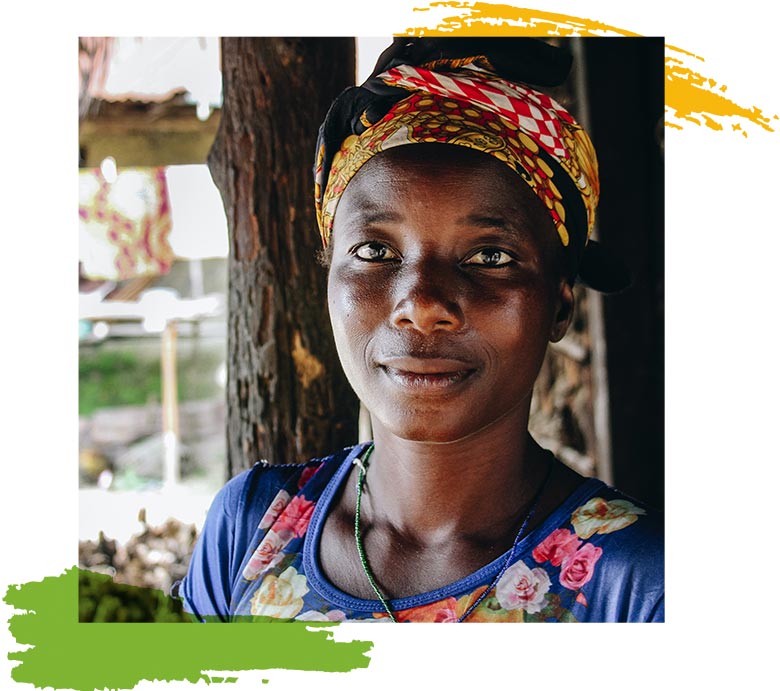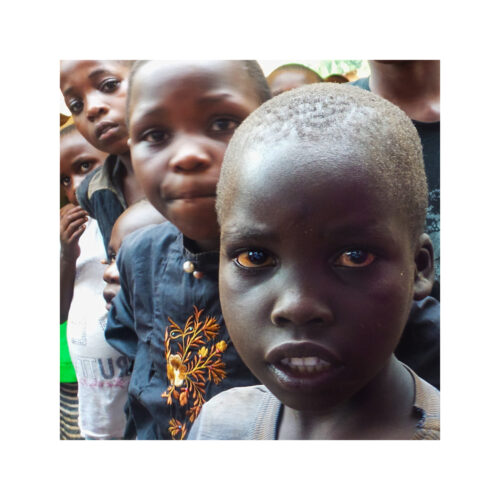Increase economic and social mobility of the girl child
- Advocating for girls' education at various fora.
- Increasing opportunities for girls through formal and non formal education.
- Increasing access to safe water, sanitation and hygiene.
- Promotion and development of life and technical skills of young girls of school going age (10-19).
- Advocating for the safety and rights of the girl child including sexual reproductive health and genital mutilation.
- Identify, develop and promote talent in and out of school.
- Training girls, including literacy vocational training, after school programs, mentorship programs and leadership skills.
12000 girls
Impacted lives of 12,000 OVCs and girls.
5 S/C
We impact 5 sub counties in Jinja district and the entire Busoga sub region in Eastern and Central Uganda
1500
Lives are transformed every year
300
Children in each sub county
Women economic empowerment and making effective economic decisions
- Advocate for women's rights and violence free homes and communities.
- Train women in entrepreneurial skills.
- Train women groups in financial literacy.
- Promote financial independence through engagement in income generating projects.
- Promote saving schemes amongst the women in form of SACCOs.
- Support women in leadership.
Improve the welfare of orphans and vulnerable children
- Supporting OVCs through provision of basic needs.
- Increasing opportunities for orphans and vulnerable children to access education.
- Improving access to safe water, sanitation and hygiene.
- Advocating for the safety of children and rights including comprehensive programs to combat child trafficking and child labor.
- Advocacy for improved access to health care and health care resources in the less developed communities.
Equitable sustainable communities
- Improving access to safe water, sanitation and hygiene (WASH) in less developed communities.
- Improving access to healthcare and healthcare resources in the less developed communities.
- Promoting environmental conservation practices such as tree planting.
- Promoting food security in families with emphases on modern agricultural practices.
- Propagating the practical Christian faith in obedience to the great commission of Jesus Christ.

Breaking barriers to girls' education - Busoga sub- region
88.5%
88.5% of households attribute the high school dropout rates to poverty.
Poverty
In spite of being an extremely economically active sugarcane growing population, Busoga region has the highest poverty gap of 16% as compared to all other regions in Uganda. It is labeled with famine, malnutrition, predominant infant deaths from anemia-related illnesses, and very high mortality rates
The high level of poverty is still a challenge to girls’ education where 88.5% and 81.9% of the households attribute the high dropout rates and non enrolment to the high poverty levels in the community and households, that they can't afford to support their children to complete school although education is free at primary and secondary levels.
Child Labor
Busoga region is ranked with the highest number of children (6-13) in employment. 80% of households growing sugarcane in Jinja employ children.
This proliferation of sugar factories with extensive sugarcane growing continues to target children especially the vulnerable girl child to supply labour to the growing industry. In Jinja District alone, more than 60% of underage girls and boys are engaging in the sugarcane industry.
45% of the children aged 10 and 14 are engaged in sugarcane growing and attending school at the same time accounting for the corresponding high levels of school absenteeism and/or dropout rate.
Child Marriages
Engaging in early sex, early marriages as well as teenage pregnancies are the current pressing blockages to girls’ concentration, performance and completion of different levels of education. Women in Busoga region engage in sexual relations much earlier and has the third highest percentage (52%) of prevalence of child marriages) relative to other regions in Uganda.
Teenage pregnancies
Teenage pregnancies are high in Busoga Region (30%) as compared to other regions. Girls in Busoga region are perceived to be ready for marriage when they develop breasts and have dropped out of school because of pressure from parents to get married for they are seen as a source of income in form of bride wealth and so parents aim at marrying away their children to become rich.
Gender Disparities
Much as the Gender Parity Index (GPI) is one (1), gender disparities still persist in performance, classroom participation, school facilities, and general education attainment in Busoga region.
Institutional structures such as family and school structures and processes that put low value to educating girls severely constrain girls’ attendance, participation and full realization of their educational capabilities, reflected in the unequal gender division of labor for girls that burdens them with most of the domestic chores in homes and at school thus taking much of their time and attention.



